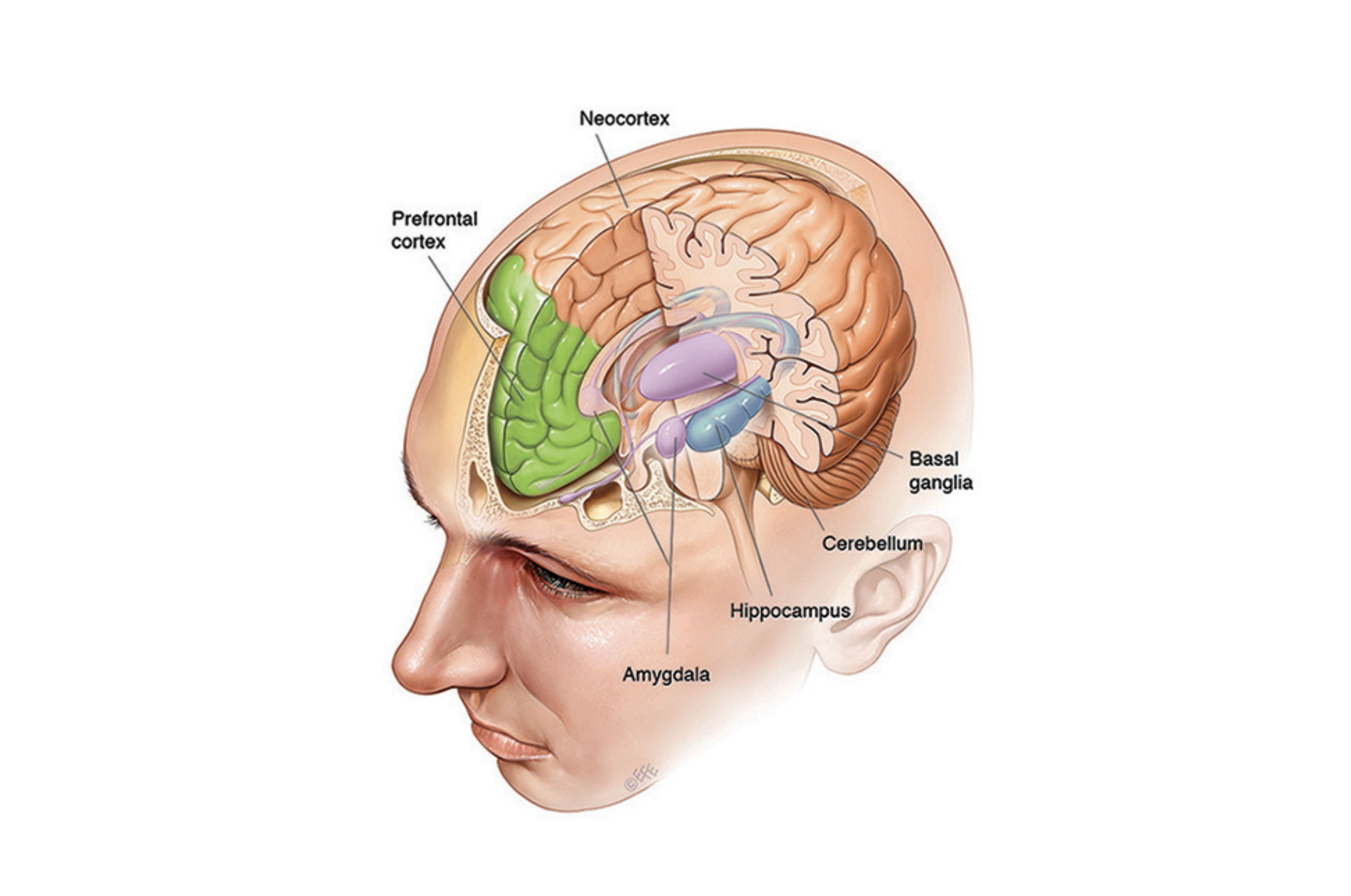Rumination on Memory and Emotion, Part 3: Limbic System
The limbic system is an intricate set of structures in the brain pivotal to our behavior and emotional responses, including behaviors we need for survival such as the fight or flight response, eating, reproduction, and caring for the young. Simply put, this system is largely involved in processing emotion as well as memory, and its two major structures are the hippocampus and the amygdala. “The permanence of [emotional] memories suggests that interactions between the amygdala, hippocampus, and neocortex are crucial in determining the ‘stability’ of a memory - that is, how effectively it is retained over time.” (University of Queensland, Queensland Brain Institute, 2003, unpaginated, unauthored)
Looking at the two figures below, we can compare the parts of the brain involved in the limbic system and the parts of the brain involved in memory.
The limbic system (Image from Queensland Brain Institute)
Parts of the brain involved in memory (Image from Queensland Brain Institute)
—
“The Limbic System.” Queensland Brain Institute, January 24, 2019. https://qbi.uq.edu.au/brain/brain-anatomy/limbic-system.
“Where Are Memories Stored in the Brain?” University of Queensland, Queensland Brain Institute, July 23, 2018. https://qbi.uq.edu.au/brain-basics/memory/where-are-memories-stored.


